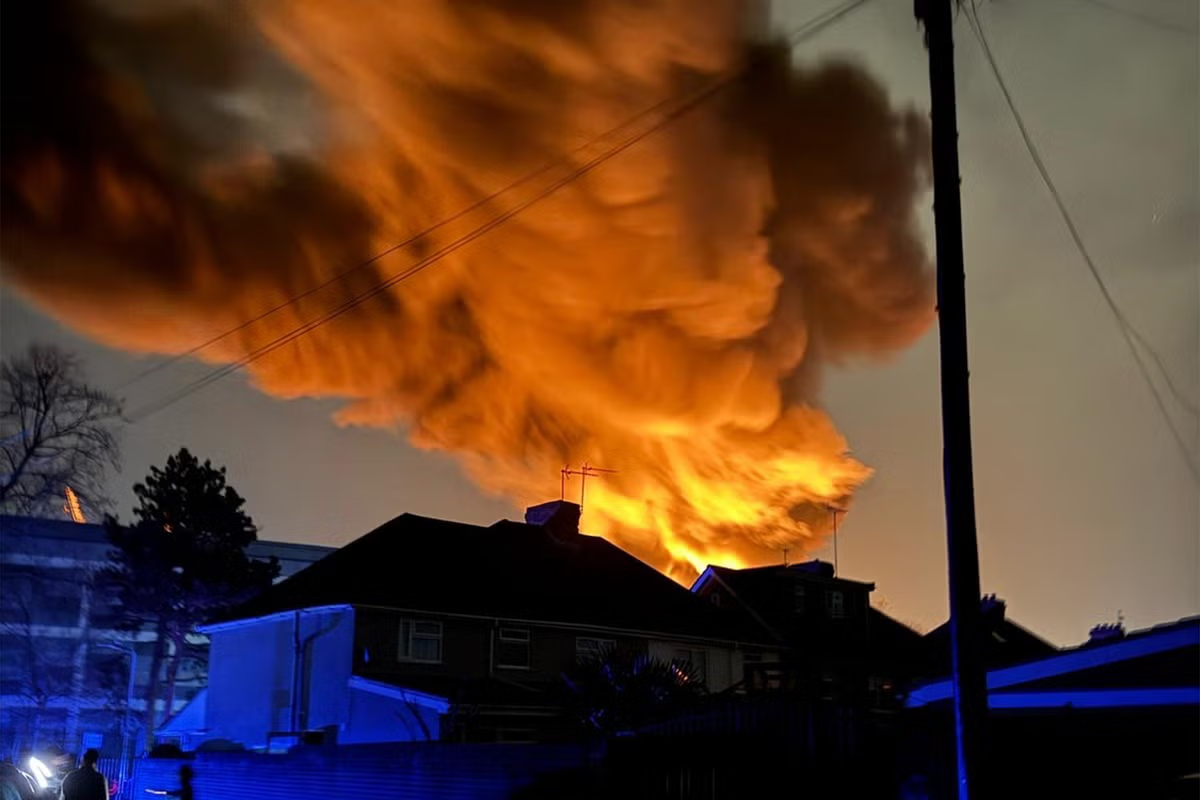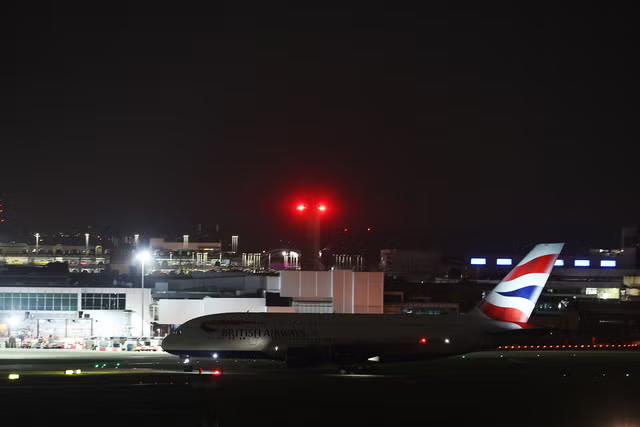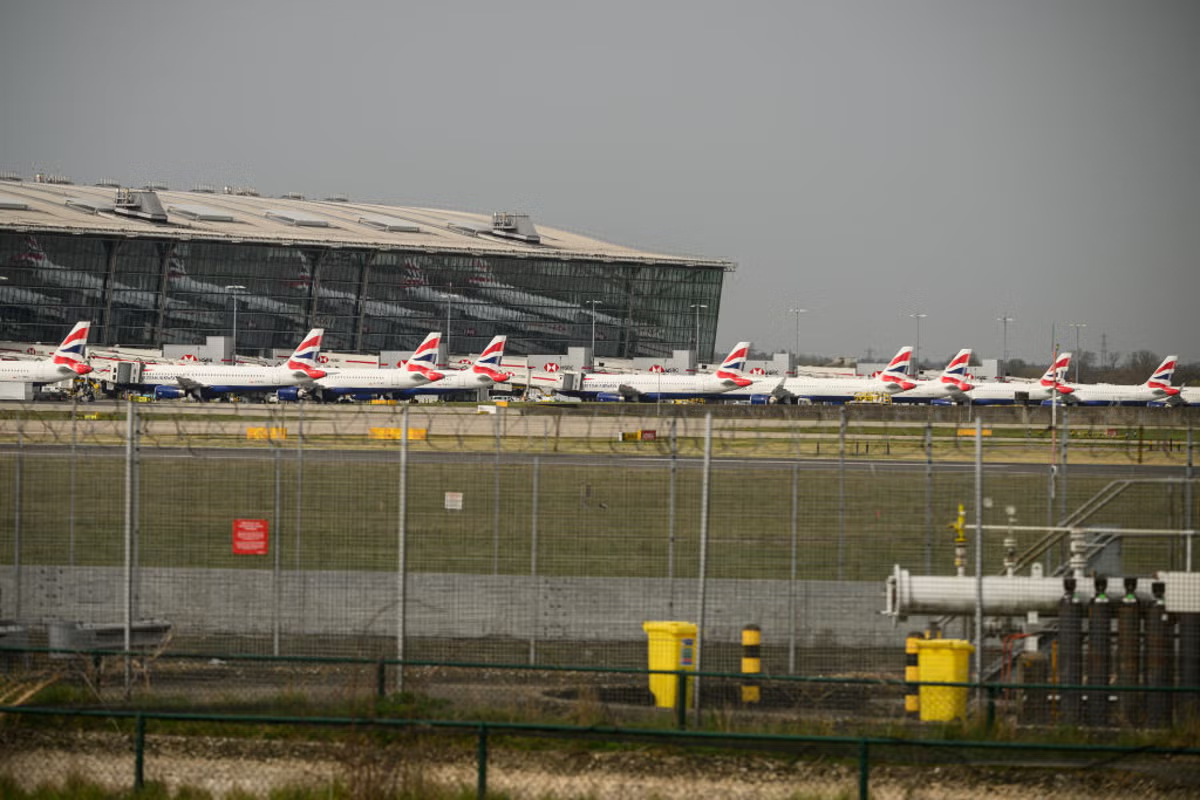Heathrow Airport Update: First Flights Resume Following Electrical Substation Fire Disruption


Flights have started to land again at Heathrow Airport following a catastrophic power outage that led to the cancellation or diversion of 1,351 flights. The disruption, which left thousands of passengers stranded and caused widespread travel chaos across Europe, was triggered by a massive fire that engulfed a nearby electrical substation.
Major Disruptions at Europe’s Busiest Airport
As one of the world's busiest airports, Heathrow was scheduled to handle up to 1,351 flights on the day of the outage, transporting approximately 291,000 passengers. However, the unforeseen power failure forced long-haul flights to return to their points of departure, while others were redirected to alternative airports across the UK and Europe.
With significant knock-on effects on global travel, passengers faced delays, rerouted journeys, and widespread cancellations. Heathrow Airport urged travellers to stay away until normal operations could resume, leaving many scrambling to rearrange their plans.
Power Outage and Emergency Response
The crisis began when a fire broke out at an electricity substation near the airport on Thursday night, cutting off the airport’s power supply. Emergency crews worked through the night to extinguish the fire and assess the extent of the damage. In the meantime, airport authorities, alongside UK Power Networks, launched an urgent response to restore operations as quickly as possible.
The Metropolitan Police's counter-terrorism unit was also called in to investigate the cause of the fire. While there was no immediate evidence of sabotage, authorities deemed it necessary to rule out any foul play given Heathrow’s significance as a critical transport hub.

Flights Resuming and Passenger Priorities
By Friday, Heathrow Airport confirmed that it had started to accept inbound flights, primarily focusing on repositioning aircraft and bringing planes back into London. This phased resumption of services is expected to ease congestion and help passengers who had been stranded due to the widespread cancellations.
Despite these efforts, significant delays and disruptions remain, with airlines working around the clock to accommodate affected travellers. Passengers are advised to check their flight status before heading to the airport and explore rebooking options where necessary.
Impact on the Local Community
Beyond disrupting air travel, the fire and subsequent power outage affected an estimated 67,000 households in the surrounding area. Residents experienced power cuts, communication breakdowns, and transport disruptions as the situation unfolded.
Local businesses also suffered setbacks, particularly those reliant on the airport for logistics and passenger services. Heathrow’s temporary closure underscored the airport’s crucial role not only in international travel but also in the economic stability of the region.
How Passengers Can Navigate the Aftermath
For those affected by the Heathrow power outage, here are key steps to take:
- Check Flight Status Regularly – Visit Heathrow Airport’s official website or your airline’s page for real-time updates on departures and arrivals.
- Rebook or Claim Compensation – Depending on the circumstances, passengers may be entitled to compensation under EU261 regulations for flight cancellations. Airlines should be contacted directly for rebooking options.
- Monitor Travel Advisories – Follow Heathrow Airport’s social media channels and government travel advisories for the latest information.
- Arrive Early – If you have a confirmed flight, allow extra time for check-in and security, as residual delays and congestion are expected over the coming days.
- Consider Alternative Airports – Passengers flying within the UK or to nearby European destinations might find alternative routes through airports such as Gatwick, Stansted, or Luton.
Lessons Learned and Future Prevention
This incident highlights the vulnerabilities of major transport hubs and the need for robust contingency planning. In the wake of the disruption, aviation experts and energy suppliers will likely conduct a thorough review of Heathrow’s power infrastructure to prevent similar incidents in the future.
Meanwhile, airport authorities have reassured passengers that they are taking steps to enhance power redundancy systems and improve crisis response measures. This includes working with the National Grid and emergency services to ensure a faster resolution should a similar event occur again.
While Heathrow Airport has made significant progress in restoring normal operations, the fallout from this unprecedented power outage continues to impact travellers, airlines, and local communities. As flights resume and investigations continue, passengers are urged to remain vigilant and flexible in their travel plans.
For now, the priority remains on restoring full operational capacity and ensuring that passengers reach their destinations with minimal further disruption. As the UK’s busiest airport returns to normal, this incident serves as a stark reminder of the critical infrastructure challenges that airports face in an increasingly connected world.
Posted on 21 March 2025








